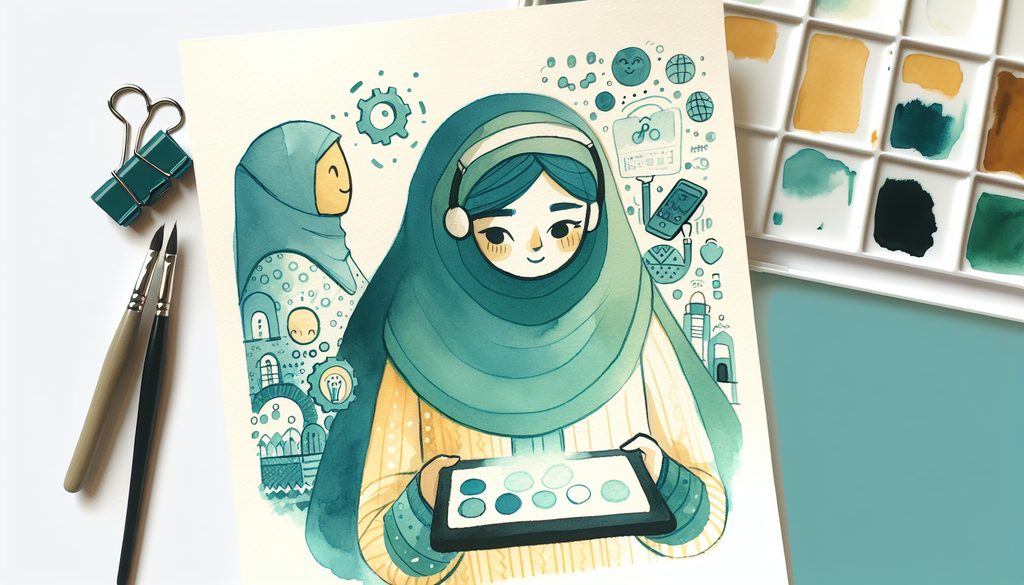Breaking Down Barriers: Tech Accessibility for the Visually Impaired

Breaking Down Barriers: Tech Accessibility for the Visually Impaired
According to the World Health Organization, an estimated 1.3 billion people across the globe live with some form of visual impairment. Thus, the importance of accessible technology in education, especially for visually impaired students, is evident. This blog post will explore some of the latest technological advancements and software that help visually impaired students fully participate in classroom learning and online activities.
Screen Readers and Text-to-Speech Software
Screen readers and text-to-speech software are incredibly helpful tools for visually impaired students to navigate digital content. This software transforms written text into spoken words, enabling visually impaired students to “read” content that they would otherwise struggle to access. For example, JAWS, the most popular screen reader, supports reading in various languages and even allowing the user to customize voice modulation.
Braille Display and Note-takers
A Braille display is a tactile device that allows visually impaired individuals to read the contents of a display one line at a time. In combination with a note-taker, this technology allows students to engage with digital content, perform research, and take notes all in Braille. This level of unprecedented interaction and control over content allows the student to participate fully in learning, either independently or in traditional classroom settings.
Accessible Educational Materials
Accessible educational materials are a huge aspect of inclusive and specialized learning. These can range from digital textbooks that are compatible with a screen reader to online courses with captioned videos. More educators and content creators are becoming aware of the importance of making accessible materials, leading to the growth of options for visually impaired students.
Beyond Technology - Inclusive Classroom Practices
In establishing inclusive environments, technology is just one piece of the puzzle. Consideration must also be given to accessible classroom design, teacher training, and a school culture that promotes inclusivity. Strategies for inclusion can also be found in our previous posts, here and here.
In conclusion, integrating accessible technology into classrooms is crucial for including all learners effectively, especially for visually impaired students. These tech advancements open up a new era of independence, engagement, and equal opportunity for visually impaired learners, breaking down the previously insurmountable barriers faced by these students. Together with inclusive classroom practices and attitudes, we can provide an enabling educational environment for all.